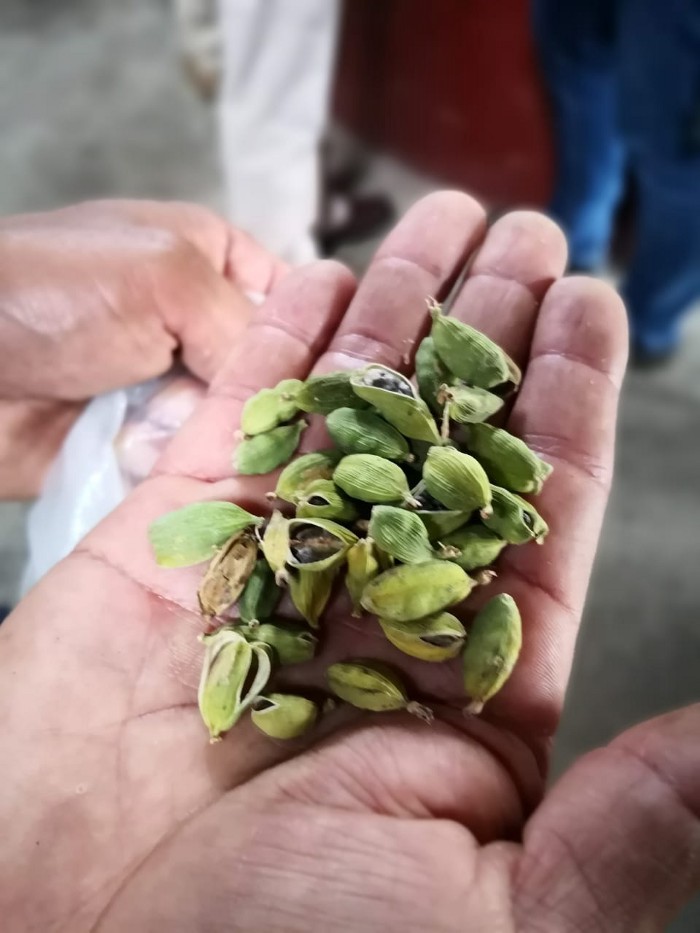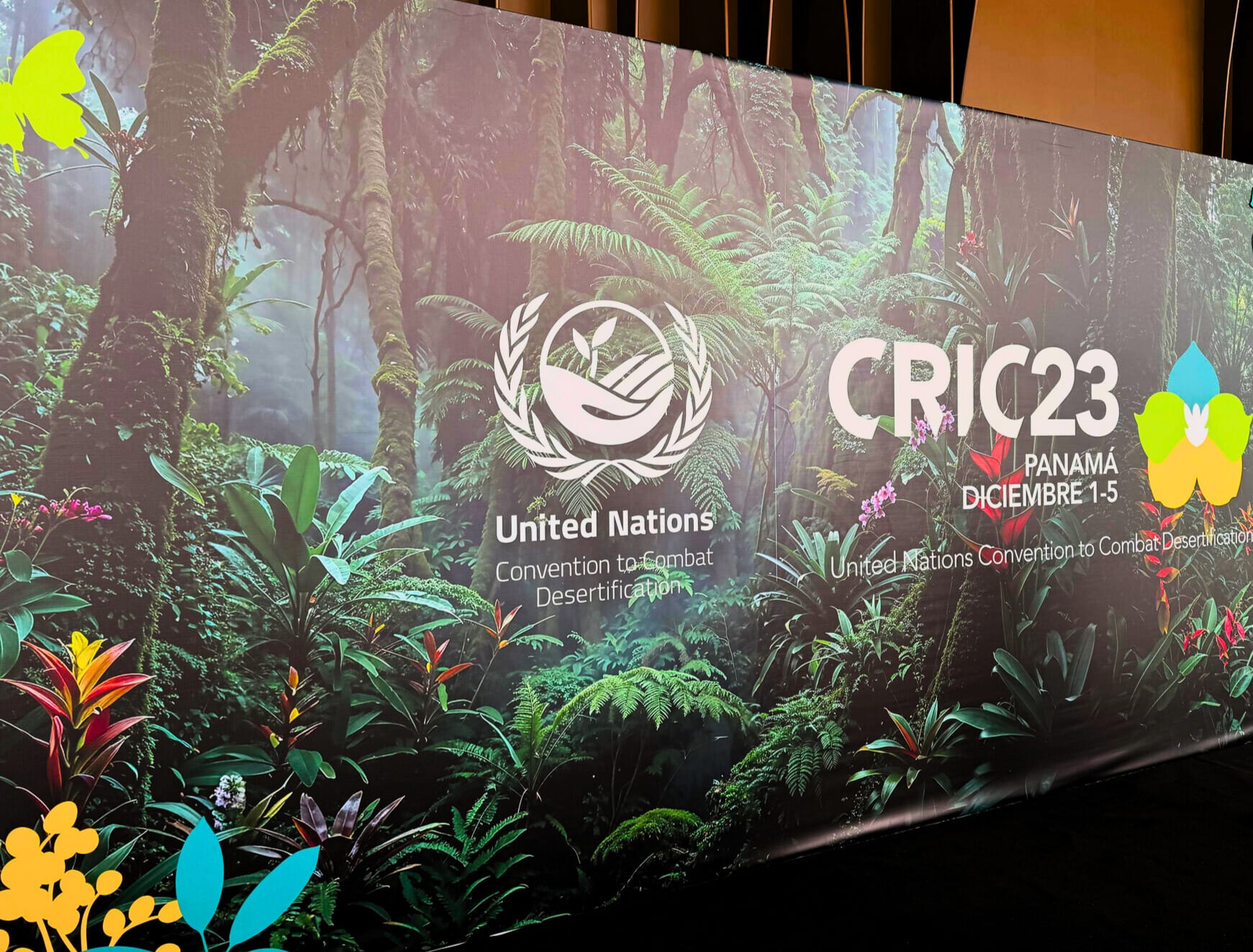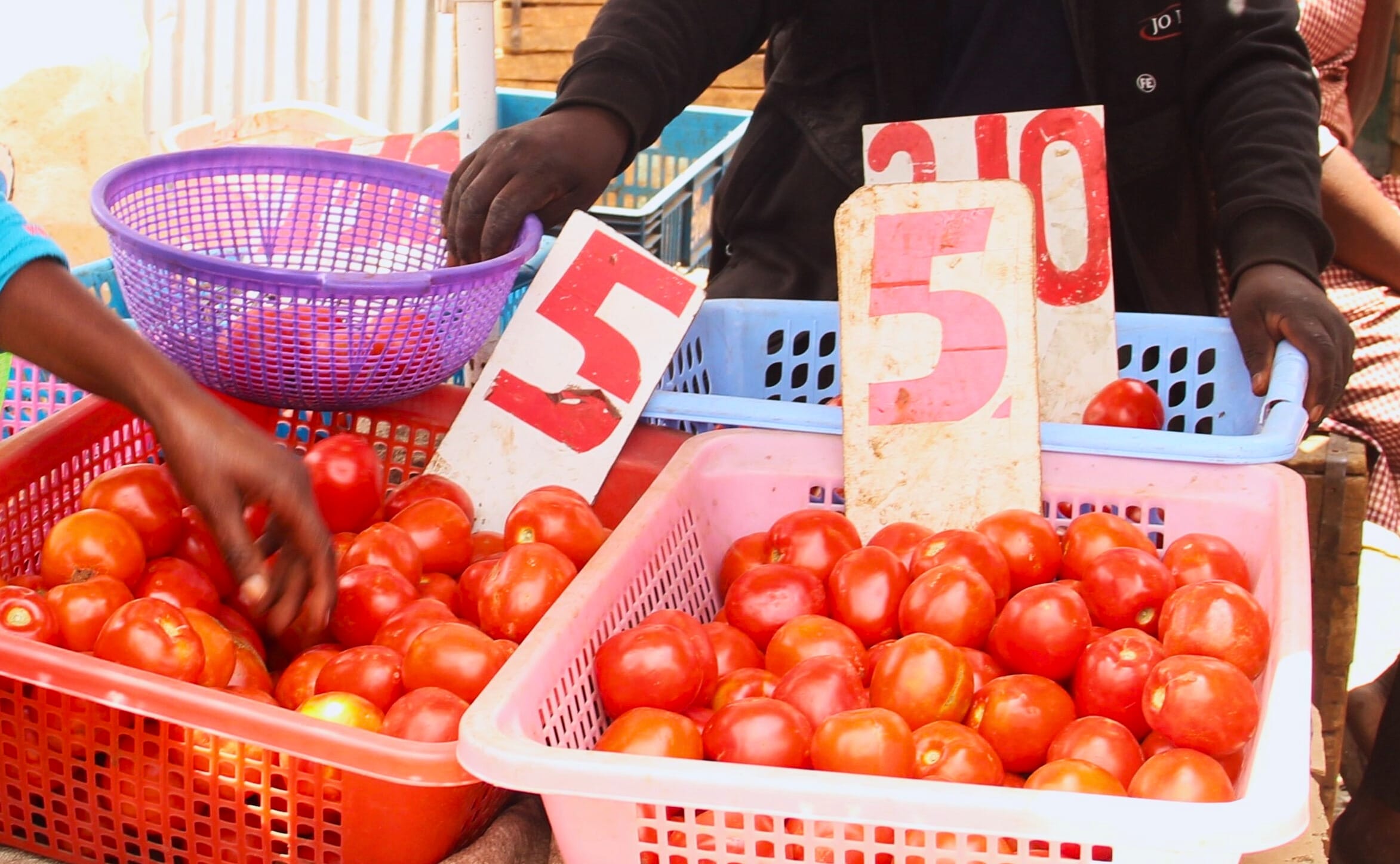Nurturing nature: Identifying Ecosystem-based Adaptation (EbA) initiatives to build social and political support for EbA upscaling in Guatemala
A step-by-step approach to identifying successful ecosystem-based adaptation initiatives
by Marai El Fassi and Chelsea Jones | 2019-10-14

Guatemala remains highly vulnerable to climatic shocks, despite a multitude of climate change adaptation projects. Comprehensive knowledge and information about these projects and their impacts on people and the environment is fragmented. National level decision-makers are rarely aware of successful local adaptation practices and the contributions these can make to achieving global commitments, such as the Paris Agreement and the 2030 Agenda (SDGs). With the intention to create more social and political support from multiple actors to upscale effective ecosystem-based adaptation (EbA) practices, the Climate-SDGs Integration project is identifying and studying EbA initiatives in various areas of the country.
Identifying EbA initiatives as a first step to creating more social and political support
In Guatemala, Ecosystem-based Adaptation has long been part of many communities’ strategies for building resilience and adapting to a changing climate. If community-led EbA initiatives can be proven to deliver environmental, social and economic benefits for people and the environment, this can increase the possibility of receiving political and social support. Accordingly, as a first step towards improving support for EbA as a viable adaptation strategy to increase the country’s adaptive capacity, we at TMG Research, along with our partners from Guatemala, ADIMI and WWF, went to pinpoint existing EbA initiatives across the country.
Getting started: speaking to environmental experts and practitioners
For the identification of EbA initiatives, we followed a step-wise process. First, we created a long-list of existing projects that could potentially be understood as EbA. To better understand the existing projects throughout the country, we spoke to representatives from 27 different locally driven or internationally supported initiatives that can be considered EbA. Out of the 27 projects, we identified 19 as being EbA-related. These 19 projects were then assessed according to a list of criteria that evaluated environmental characteristics as well as socio-political elements of the projects. The criteria are based on a framework laid out by more than 50 environmental institutions working on the topic of EbA (FEBA). This process helped to shortlist 10 initiatives that were eventually visited.

Community-managed mangrove conservation, an EbA measure in coastal areas
Getting to grips with reality: Visiting possible EbA projects upcountry
Between 2018 and 2019, the ten projects were then visited to gain first-hand insights. The projects covered different EbA practices, such as mangrove restoration, adaptive plant breeding and improved farm-based planning for sustainable agriculture. Different ecosystems were represented, including arid mountains, cloud forests and coastal environments. The visits were an opportunity to meet face-to-face with local communities and discuss the impact EbA has had on their livelihoods and ability to respond to a changing environment.
We learned more about the key social, ecological and economic benefits, as well as any possible negative consequences that EbA can generate for communities. For instance, EbA has been shown to provide multiple co-benefits to communities, such as increased agricultural production, diversified income sources, greater biodiversity, or improved quality in soil and drinking water. Communities also recognized the restoration potential of EbA: “Adaptation measures allow us to take care of the animals and the forest. Reforestation ensures that the land will be productive again”. (Reinerio Vasquez Martinez, April 2019)
The diversity of EbA: Choosing initiatives for further study
During the initial investigation of initiatives, we have seen the diversity with which communities are reacting to climatic changes and the variety of methods, practices and ecosystems in which this is possible. EbA includes a variety of measures such as reforestation and agroforestry systems, sustainable agriculture, coastal rehabilitation and soil conservation activities. In fact, many existing practices, including traditional or indigenous methods, fall under the definition of EbA. Yet often these actions are not yet recognized as such.
Based on our site visits and a criteria analysis, we chose three EbA initiatives to be studied further. These include work on agricultural value chains, dryland agriculture and plant genetic resource management. For example, one project maintains a corn seed bank to better conserve and develop genetic diversity of corn plants. Varieties are developed that can withstand volatile climate conditions and are more resilient to for instance to prolonged droughts in the dry corridor.

A cooperative model for diversification of income and crops, including coffee, cardamom and certified timber, Las Verapazes, Guatemala
Outlook: creating empirical evidence to increase social and political support for EbA upscaling
In collaboration with the identified initiatives and beneficiary communities, studies will be conducted to identify the impacts that EbA can generate in social, economic and ecological terms.
This broader empirical evidence base shall substantiate and promote EbA as a viable, holistic adaptation strategy in areas that are vulnerable to climate change. We are now working with these local initiatives to analyse which factors contributed to their success and made their operation sustainable over time. The creation of evidence and knowledge shall enhance the needed support from a variety of actors, including public and private sector, academia, NGOs and civil society. The evidence built about EbA benefits will be used to inform national level decision makers.
 Land GovernanceDec 18, 2025
Land GovernanceDec 18, 2025Land tenure, women’s land rights, and resilience: Reflections from CRIC23 toward UNCCD COP17
Our experts discuss what the exchanges at CRIC23 highlighted and revealed about the role of secure and gender-equitable land tenure in the UNCCD's work ahead of the 2026 triple COP year.
Frederike Klümper, Washe Kazungu
 Urban Food FuturesDec 09, 2025
Urban Food FuturesDec 09, 2025The story of Mukuru's Urban Nutrition Hub
In Mukuru informal settlement, a safe haven for women has grown into the Urban Nutrition Hub, a multi-purpose space for nutrition education, training, and community development, demonstrating the potential of grassroots community-owned innovation..
Serah Kiragu-Wissler
 Urban Food FuturesSep 29, 2025
Urban Food FuturesSep 29, 2025Cheaper food, higher costs: The paradox of Nairobi’s food systems
What are the hidden costs of foods sold in Nairobi's informal markets, and who must bear them? We discuss how the city could build food systems that are both affordable and fair—for consumers and the people who feed them.
Christian Sonntag, Emmanuel Atamba, Lumi Youm

